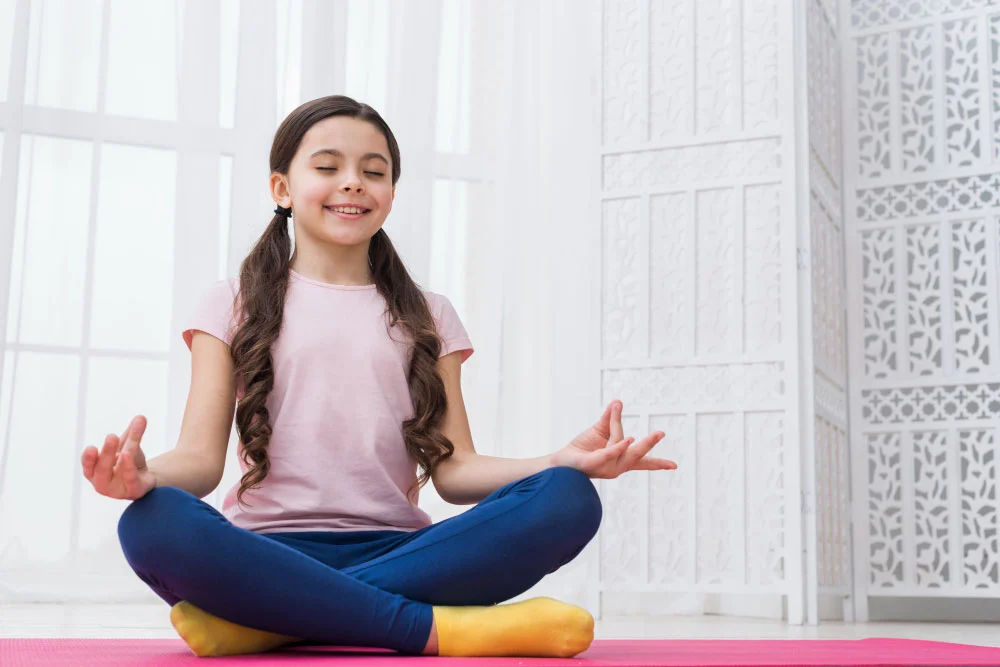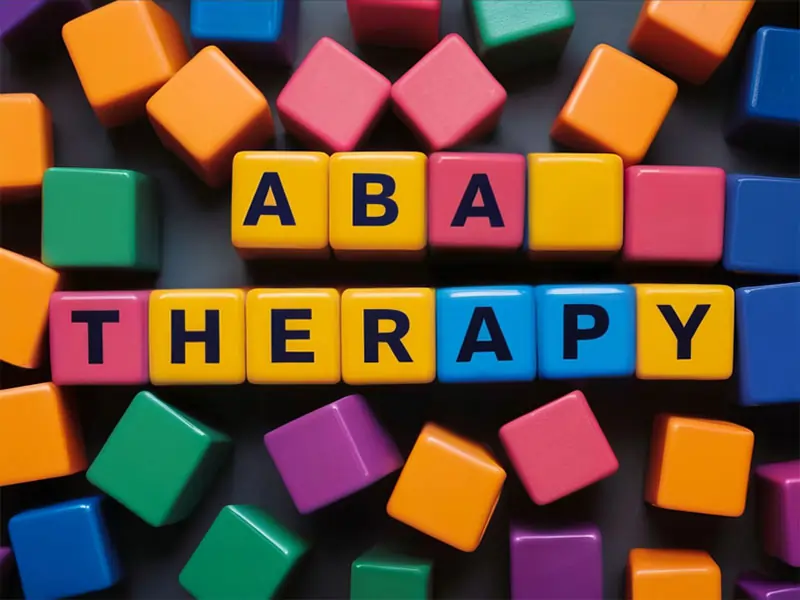The Importance of Mindfulness in Children

The Power of Mindfulness: Gift Your Kids Affirmations for a Positive Outlook and Strong Self-Image
Children today face many challenges that can impact their mental and emotional well-being.
From academic pressure to social media influence, the stressors they encounter can take a toll on their self-image and outlook on life.
“Nurture your child’s confidence with uplifting affirmations. Affirmations for kids is the very good and best topic in my article. Use powerful words like ‘capable,’ ‘loved,’ and ‘brave.’ These positive statements cultivate resilience, self-esteem, and a positive mindset for a brighter future.
Introducing mindfulness practices early on can be beneficial. It helps individuals develop the necessary skills. These skills are essential for navigating challenges. Mindfulness promotes resilience. It also cultivates a positive mindset.
Understanding Mindfulness and Its Benefits
Mindfulness involves being present at the moment. It entails being aware of one’s thoughts, feelings, and sensations. Mindfulness encourages non-judgmental awareness.
For children, mindfulness means learning to pay attention. They know to pay attention to their experiences.
Teaching Mindfulness to Kids: The Role of Affirmations
Affirmations are positive statements. They help children cultivate a sense of self-worth. Affirmations also foster confidence and optimism.
When used with mindfulness practices, affirmations have more benefits. They reinforce positive thinking patterns. Affirmations can nurture a strong self-image.
Creating Affirmations for Children
When creating affirmations for children, keeping them age-appropriate, relatable, and relevant to their experiences is essential.
Affirmations should be positive, concise, and in the present tense. For example, “I am brave and capable,” or “I embrace challenges with a positive attitude.”
The Positive Impact of Mindfulness on Kids’ Emotional Well-being
Mindfulness practices have a profound effect on children’s emotional well-being. By cultivating mindfulness, kids learn to recognize and regulate their emotions.
Mindfulness in Education: The Role of Schools and Teachers
Many schools are recognizing the benefits of mindfulness. They are incorporating it into their curriculum. Mindfulness programs in education have shown positive results.
They improve students’ attention. They also enhance emotional regulation. Mindfulness programs promote well-being.
Overcoming Challenges in Teaching Mindfulness to Kids
Teaching mindfulness to children may come with its challenges. Some kids may find it difficult to sit still or focus their attention. But, with patience and persistence, these challenges can be overcome.
FAQs
At what age can children start practicing mindfulness?
Children as young as three can begin practicing mindfulness, starting with simple activities like deep breathing and body awareness.
Can mindfulness help children with attention deficit hyperactivity disorder (ADHD)?
Yes, mindfulness techniques have shown positive effects in helping children with ADHD improve their attention and self-regulation skills.
How long should mindfulness sessions be for children?
The duration of mindfulness sessions can vary depending on children’s age and attention span.
Can mindfulness replace traditional disciplinary methods?
Mindfulness should be seen as a complement to disciplinary methods rather than a replacement. It helps children develop self-awareness and emotional regulation, which can support positive behavior.
Conclusion
Mindfulness is a powerful tool that can empower children to develop a positive outlook and a strong self-image.
By teaching kids affirmations, parents and caregivers can provide them with essential skills. Integrating mindfulness practices into their daily lives is crucial.
These practices help children navigate challenges. They also assist in managing emotions. Mindfulness practices contribute to cultivating well-being.

